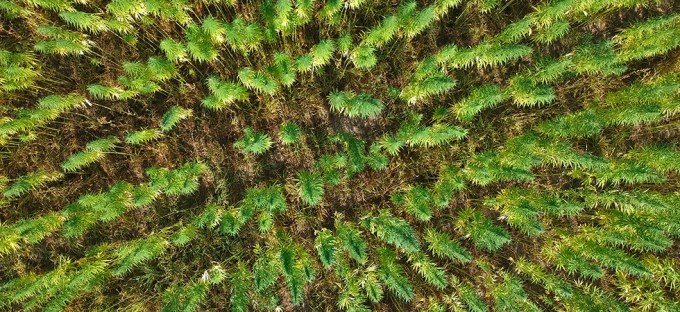While hemp is a plant in the cannabis family, it is not marijuana. Hemp does not contain the THC, so it has no psychotropic effects. Hemp has been cultivated for thousands of years around the world. Ancient civilizations used hemp to create fibers for cloth, fiber-pulp for paper making and oil for fuel. In addition, they ground it into powder to use for medicinal purposes.
U.S. History of Growing
The Puritans brought hemp was brought to colonial America. They planted the hemp seeds in New England. This was to use their hemp harvest to make linen for sails and caulking for ships. Hemp was a mainstay in the maritime industry because of its natural resistance to decay. As the colonies grew so did hemp cultivation. Eventually, hemp was being grown in Maryland and Virginia as well.
Founding Fathers
Hemp was an important crop for the colonial economy, farmers were compelled to grow to show their patriotism. George Washington grew hemp on his farm and Thomas Jefferson cross-bred hemp seeds to create new varieties. He also invented a unique tool that kept the hemp stems from being crushed while being processed. While the founding fathers were hammering out the details of the Declaration, they wrote their ideas down on hemp paper.
Growing Hemp Outlawed
Hemp cultivation got caught up in the “Reefer Madness” hysteria of the early 1900s. This was an idea widely circulated to the public that young people would become “insane” by smoking marijuana. An all-out assault on marijuana reached a crescendo and citizens pressured the politicians of the day to do something.
Power and Greed
Knowing the societal pressure over cannabis, William Randolph Hearst pressured to include hemp in any ban on cannabis. As has been noted hemp was used to make paper and oils for plastics. Hearst had a financial stake in timber cultivation and paper mills. He had his reasons to want hemp cultivation outlawed in the United States.

